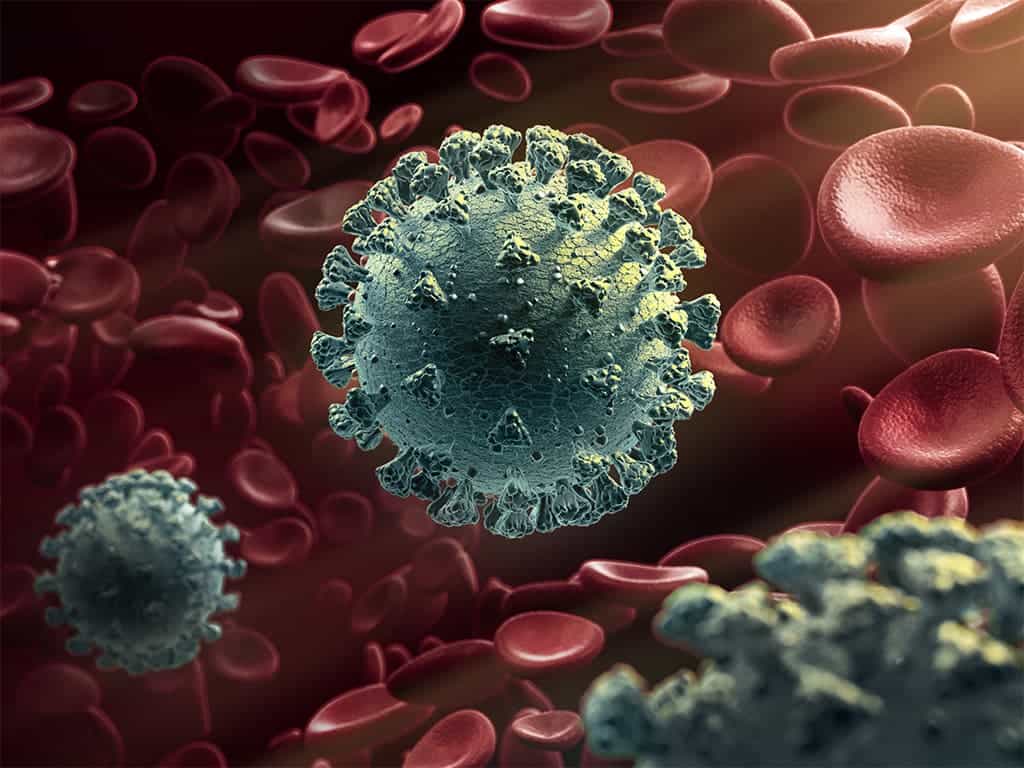
After it jumped between millions of humans, SARS-CoV-2 has suffered many mutations along the way. A particular strain, known as ‘D614G’, is more adapted to infecting human cells than earlier mutation variants of the coronavirus. As such, it didn’t take long for D614G to become the dominant coronavirus strain seen in new cases across the globe.
Prior to March, D614G was present in just a few locations across the globe, mostly spreading in Europe. However, small changes in the virus’ ‘spike’ protein — a protrusion on the surface of the virus that latches on to cell receptors in order to commence infection — has made D614G much more suited to infecting humans.
By the end of March, D614G was already present across the world, becoming the dominant strain, replacing D614.

These findings were revealed by researchers at Los Alamos National Laboratory in New Mexico, Duke University in North Carolina, and the University of Sheffield in the UK, who analyzed genome samples from GISID — a huge database of genome sequences shared among researchers worldwide. Tens of thousands of sequences are currently available, enabling researchers to quickly identify virus variants that show signs of rising to the top.
Dr. Thushan de Silva, Senior Clinical Lecturer in Infectious Diseases at the University of Sheffield, has been studying the new D614G genome mutation variant in the lab since the pandemic first started. It was clear since then that the strain was more potent. However, de Silva found that strain is even more infectious in the real world than in the lab.
“Data provided by our team in Sheffield suggested that the new strain was associated with higher viral loads in the upper respiratory tract of patients with COVID-19, meaning the virus’s ability to infect people could be increased,” de Silva said in a statement for the press.
“Fortunately at this stage, it does not seem that viruses with D614G cause more severe disease.”
Next, de Silva and colleagues will focus on conducting laboratory analyses of live cells infected with D614G in order to fully understand what this new mutation is capable of doing in the future.
“It’s remarkable to me,” commented Dr Will Fischer, from Los Alamos National Laboratory and an author on the study. “That this increase in infectivity was detected by careful observation of sequence data alone, and that our experimental colleagues could confirm it with live virus in such a short time.”
The findings were reported in the journal Cell.









